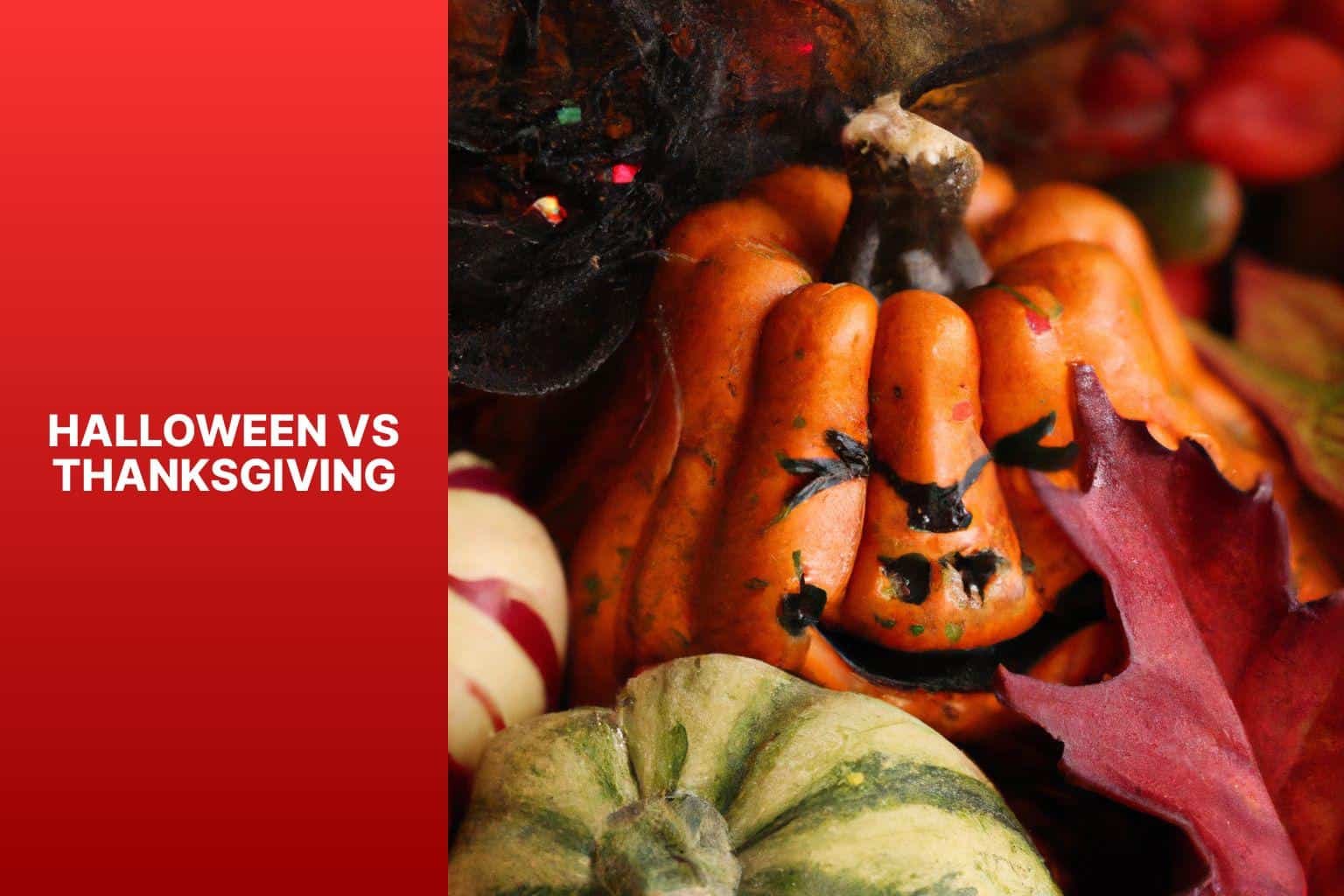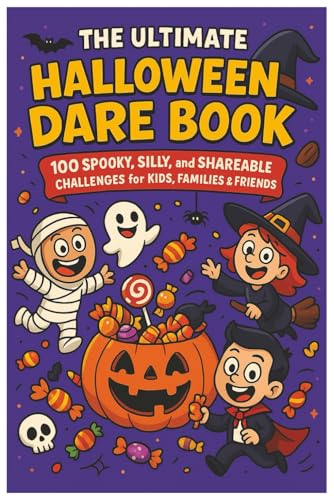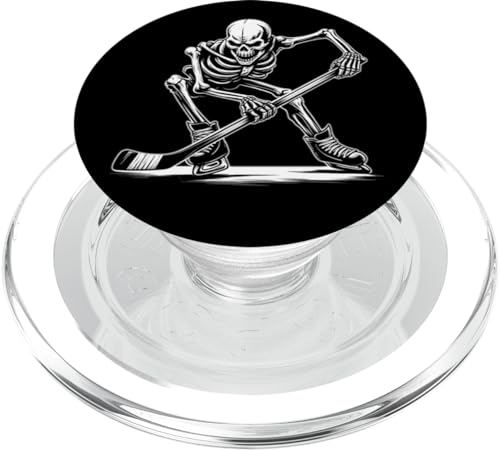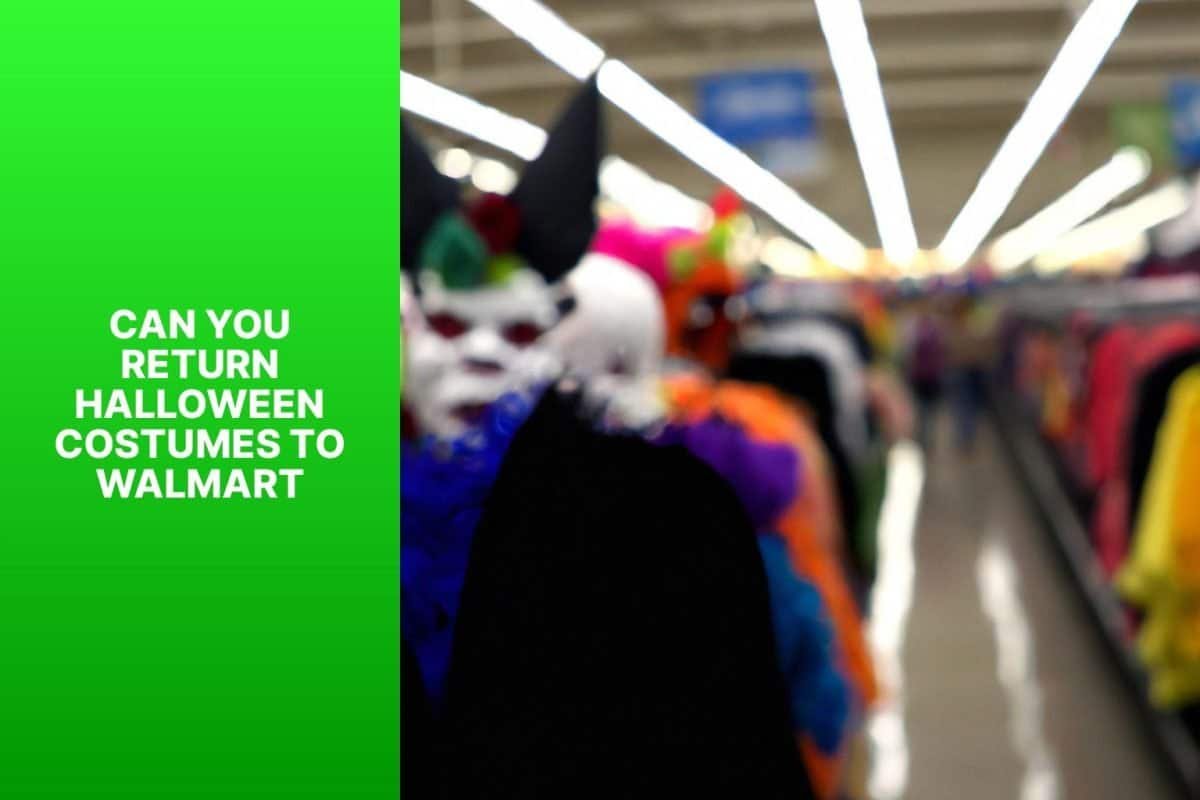Halloween and Thanksgiving are two widely celebrated holidays, each with its own unique characteristics and traditions. While Halloween is known for its spooky themes and costume parties, Thanksgiving is a time for gratitude and family gatherings. Let’s explore the origins, history, themes, celebrations, traditions, and customs of these two holidays, and also highlight the differences and similarities between them.
1. Origins and
– Halloween: Halloween has ancient Celtic roots and is believed to have originated from the Celtic festival of Samhain, marking the end of harvest and the beginning of winter.
– Thanksgiving: Thanksgiving has its roots in the harvest festivals celebrated by Native Americans and Pilgrims in the early days of America.
2. Themes and Celebrations:
– Halloween: Halloween is associated with costumes, trick-or-treating, haunted houses, and spooky decorations.
– Thanksgiving: Thanksgiving is centered around gratitude, family gatherings, feasting on a traditional meal, and expressing appreciation.
3. Traditions and Customs:
– Halloween: Halloween traditions include carving pumpkins, wearing costumes, going door-to-door for treats, and attending parties or parades.
– Thanksgiving: Thanksgiving customs involve sharing a meal with loved ones, expressing gratitude, and reflecting on blessings.
Throughout the article, we will delve deeper into these topics, comparing Halloween and Thanksgiving in terms of their purpose, date and timing, symbols and decorations, and activities and games. We will also highlight the similarities between the two holidays, such as the importance of family gatherings and the enjoyment of food and feasting. By exploring the distinct characteristics of each holiday, we can gain a deeper understanding of the traditions and significance behind Halloween and Thanksgiving.
– Halloween vs Thanksgiving: A Comparison
– Halloween and Thanksgiving have different origins and histories.
– The themes and celebrations of Halloween and Thanksgiving are distinct.
– Traditions and customs associated with Halloween and Thanksgiving vary.
– Differences Between Halloween and Thanksgiving
– The purpose of Halloween is to celebrate the supernatural, while Thanksgiving is a day of gratitude.
– Halloween falls on October 31st, while Thanksgiving is celebrated on the fourth Thursday of November.
– Symbols and decorations used for Halloween and Thanksgiving differ.
– Halloween involves activities and games related to costumes and trick-or-treating, while Thanksgiving focuses on gratitude and family gatherings.
– Similarities Between Halloween and Thanksgiving
– Both holidays involve family gatherings and spending time together.
– Food and feasting are important elements of both Halloween and Thanksgiving celebrations.
Halloween vs Thanksgiving: A Comparison
| Aspect | Halloween | Thanksgiving |
| Origin | Halloween came from the ancient Celtic festival of Samhain. | Thanksgiving came from the harvest festival celebrated by the Pilgrims in 1621. |
| Date | Halloween is on October 31st. | Thanksgiving is on the fourth Thursday in November. |
| Traditions | Halloween is associated with costumes, trick-or-treating, carving pumpkins, and haunted houses. | Thanksgiving is associated with family gatherings, feasting on a traditional meal, and expressing gratitude. |
| Social Importance | Halloween focuses on fun and entertainment, especially for children. | Thanksgiving is more significant as a time for gratitude, reflection, and family bonding. |
| Food | Halloween does not have specific foods, but candy is a central part of trick-or-treating. | Thanksgiving is known for its traditional meal, including roast turkey, stuffing, cranberry sauce, and pumpkin pie. |
| Cultural Replications | Halloween has been embraced by many cultures worldwide, with variations in customs and practices. | Thanksgiving is mainly celebrated in the United States, while other countries have their own versions of harvest festivals. |
| Mood | Halloween has a festive and spooky atmosphere. | Thanksgiving is associated with warmth, gratitude, and togetherness. |
| Significance | Halloween has less cultural and historical significance compared to Thanksgiving. | Thanksgiving holds deep historical and cultural significance in the United States. |
Origins and History

Photo Credits: Rickyshalloween.Com by Aaron Adams
Unveiling the fascinating origins and rich history of Halloween and Thanksgiving – prepare to embark on a journey that explores the roots and traditions of these celebrated holidays. From the spooky origins of Halloween to the bountiful harvest traditions of Thanksgiving, each sub-section promises to reveal captivating insights and intriguing anecdotes that will leave you amazed. So, let’s dive in and discover the captivating stories behind these cherished festivities.
Halloween
Halloween is a unique and beloved holiday with several key aspects:
– Costumes: Halloween is known for dressing up as spooky monsters, superheroes, or pop culture icons.
– Trick-or-treating: Children go door-to-door in costumes, collecting candy from neighbors.
– Jack-o’-lanterns: Carved pumpkins with scary or funny faces, illuminated with candles.
– Decorations: Haunted houses, spooky cobwebs, and skeletons create a frightful atmosphere.
– Parties: Halloween parties with festive food, themed drinks, and games like bobbing for apples.
Fact: Halloween is believed to have originated from the ancient Celtic festival of Samhain, where bonfires were lit and costumes were worn to ward off roaming spirits.
Thanksgiving
Thanksgiving is a holiday that involves various traditions and customs. These include family gatherings, food and feasting, expressions of gratitude, charitable acts, and sports and games.
1. Family Gatherings: Thanksgiving brings families together to celebrate and give thanks. It is a time for reconnecting, sharing a meal, and enjoying each other’s company.
2. Food and Feasting: Thanksgiving meals typically include a roasted turkey, stuffing, mashed potatoes, cranberry sauce, and pumpkin pie. It is a time to indulge in delicious food and enjoy a feast.
3. Expressions of Gratitude: Thanksgiving is a time to reflect on what we are grateful for and express our gratitude. Sharing what each person is thankful for cultivates appreciation and positivity.
4. Charitable Acts: Many people participate in acts of charity during Thanksgiving, such as donating food to food banks or volunteering at shelters. It is a time for helping those in need and extending a helping hand.
5. Sports and Games: Thanksgiving is also associated with sports, especially football. Families often enjoy watching football games together or playing friendly touch football in the backyard. It is a time for friendly competition and entertainment.
Themes and Celebrations
Get ready for a wild ride as we dive into the fascinating world of themes and celebrations! We’ll explore the excitement of Halloween, with its spooky costumes and ghoulish decorations. But that’s not all – we’ll also uncover the heartwarming traditions of Thanksgiving, where families gather to share gratitude and indulge in a feast like no other. Brace yourselves for an adventure filled with tricks, treats, and heartfelt thanks!
Halloween
Halloween is celebrated on October 31st each year. It originated from the Celtic festival of Samhain. People dress up in costumes and go trick-or-treating during Halloween. Haunted houses and scary movies are popular activities. Pumpkins are carved into Jack-o’-lanterns for decorations. Ghosts, witches, and other spooky creatures are frequently seen. Parties and parades are organized to celebrate. Candy and sweets are essential, with children collecting treats from neighbors. The color scheme associated with Halloween is orange and black. Popular traditions include bobbing for apples and telling scary stories. Halloween is a fun holiday that allows people to embrace their creativity and enjoy a night of spooky fun.
Thanksgiving
Thanksgiving originated in the early 17th century when English pilgrims celebrated a successful harvest. This holiday centers around gratitude and giving thanks, bringing families together to share a special meal and express appreciation for their blessings. Common traditions include cooking a turkey, enjoying dishes like mashed potatoes and pumpkin pie, and participating in parades or football games. Thanksgiving is a cherished holiday where people reflect on their blessings, strengthen family bonds, and enjoy a hearty feast. It’s a time to cultivate feelings of gratitude and appreciation for the abundance in life.
Traditions and Customs
Traditions and customs play a significant role in shaping our celebrations, and in this section, we’ll dive into the unique and intriguing aspects of Halloween and Thanksgiving. Get ready to explore the rich history, captivating rituals, and the delightful cultural significance behind these two beloved holidays. From spooky costumes and trick-or-treating to bountiful feasts and expressions of gratitude, each sub-section will unveil the distinct traditions that make Halloween and Thanksgiving so cherished by people around the world. So, let’s embark on this fascinating journey of festivities!
Halloween
Halloween is a holiday celebrated on October 31st. It originated from the ancient Celtic festival of Samhain.
The themes of Halloween include costumes, pumpkins, ghosts, witches, and spooky decorations.
Traditions of Halloween include trick-or-treating, attending costume parties, carving pumpkins, and watching horror movies.
Activities such as apple bobbing, haunted hayrides, and haunted houses are commonly associated with Halloween.
To plan for Halloween, choose a unique and creative costume, carve a scary pumpkin, and decorate your house with spooky decorations.
Have plenty of candy for trick-or-treaters and enjoy activities like visiting a haunted house or watching a scary movie.
Embrace the eerie and mysterious atmosphere of Halloween to fully experience the spooky season.
Thanksgiving
Thanksgiving is a holiday celebrated in the United States and Canada. It originated as a harvest festival in the early 17th century when English pilgrims and Native Americans came together to give thanks for a successful harvest. The main theme of Thanksgiving is gratitude and giving thanks. It is a time for families and friends to come together, share a meal, and express gratitude for the blessings in their lives.
Some popular traditions associated with Thanksgiving include cooking a large turkey, preparing stuffing and cranberry sauce, and having pumpkin pie for dessert. Many families also gather around the table to share what they are thankful for before enjoying the meal.
Halloween, on the other hand, is known for its spooky themes and costumes. Thanksgiving has a more wholesome and family-oriented atmosphere. Halloween is celebrated on October 31st, while Thanksgiving is observed on the fourth Thursday in November. Both holidays involve coming together with loved ones and celebrating. They also both have a focus on food and feasting, although the types of food and the atmosphere may differ.
When celebrating Thanksgiving, it is important to remember the true meaning of the holiday and take the time to express gratitude for the blessings in our lives. Gathering with loved ones, enjoying a delicious meal, and reflecting on what we are thankful for helps cultivate a sense of appreciation and strengthens family bonds.
Differences Between Halloween and Thanksgiving
When it comes to Halloween and Thanksgiving, there are some pretty significant differences worth exploring. From their purpose to the timing and date, and from the symbols and decorations to the activities and games associated with each, these two holidays couldn’t be more distinct. Brace yourself for an exciting dive into the intriguing disparities that make Halloween and Thanksgiving two unique and captivating celebrations. Get ready to unravel the secrets behind their traditions and customs!
Purpose
The purpose of Halloween is to celebrate fear, the supernatural, and ward off evil spirits. It is rooted in ancient traditions and beliefs about the transition from summer to winter and the thinning of the veil between the living and the dead. Halloween embraces spooky costumes and activities like trick-or-treating, haunted houses, and costume parties.
In contrast, Thanksgiving is a holiday centered around gratitude and giving thanks for the blessings of the year. It has historical roots in harvest festivals celebrated by early European settlers and Native American tribes. Thanksgiving’s purpose is to gather with family and friends, share a festive meal, and express gratitude for good fortune, abundance, and the blessings of the harvest.
Pro-tip: When planning your celebrations, consider the purpose of each holiday. If you enjoy thrills and the supernatural, Halloween is perfect for you. But if you prefer a day focused on appreciation, gratitude, and quality time with loved ones, look forward to Thanksgiving. Understanding the purpose can help you create meaningful and enjoyable experiences for yourself and those around you.
Date and Timing
The dates and timing of Halloween and Thanksgiving bear distinct and significant importance. Below is a table illustrating their comparison:
| Holiday | Date | Timing |
|---|---|---|
| Halloween | October 31st | Evening and Night |
| Thanksgiving | Fourth Thursday | Daytime |
| of November |
Halloween is always observed on October 31st, during the evening and night. This deliberate timing is due to its association with supernatural elements and eerie traditions.
In contrast, Thanksgiving consistently occurs on the fourth Thursday of November. It is a daytime celebration that typically involves a joyous meal shared with family and loved ones.
Fact: The dates and timing of these holidays hold great cultural and historical significance, contributing to the distinctive traditions and experiences people cherish during Halloween and Thanksgiving.
Symbols and Decorations
Edited
Symbols and Decorations
The symbols and decorations of Halloween and Thanksgiving are unique and reflect the themes and traditions of each holiday.
Halloween:
1. Jack-o’-lanterns: Carved pumpkins with spooky faces.
2. Ghosts: White sheets or floating figures to represent spirits.
3. Witch’s Hat: Pointed black hat associated with witches and magic.
4. Bats: Black flying creatures often associated with vampires.
5. Spider Webs: Symbolize the spooky, haunted nature of Halloween.
Thanksgiving:
1. Cornucopia: A horn-shaped basket filled with fruits, vegetables, and grains.
2. Harvest Decor: Decorative gourds, cornstalks, and fall leaves.
3. Pilgrim Hats: Black hats with buckles worn by pilgrims.
4. Turkeys: An emblem of Thanksgiving, often depicted as the main dish on the dinner table.
5. Pumpkins: Used for decoration and as a symbol of the fall harvest.
These symbols and decorations create a visually distinct atmosphere for each holiday. Halloween focuses on supernatural and spooky elements, while Thanksgiving emphasizes the abundance of the harvest season and gratitude. Incorporating these symbols and decorations enhances the festive spirit and helps set the desired ambiance for each celebration.
Activities and Games
Halloween and Thanksgiving offer unique experiences with activities and games. Here are some associated with each holiday:
- Halloween:
- Trick-or-treating: Children dress up and go door-to-door asking for candy.
- Haunted houses: Visitors explore spooky attractions.
- Pumpkin carving: People carve creative designs on pumpkins and display them.
- Costume contests: Individuals compete to showcase the best costumes.
- Apple bobbing: Participants try to catch apples with their mouths in water.
- Thanksgiving:
- Football: Families and friends gather to watch and play football games.
- Thanksgiving feast: People come together to enjoy a delicious meal with traditional dishes.
- Gratitude activities: Families may share what they are grateful for or create gratitude journals.
- Thanksgiving crafts: People can engage in various crafts to create decorations.
- Board games: Thanksgiving gatherings often include playing board games.
One Thanksgiving, my family had a pumpkin carving competition. Each member had their own pumpkin, and we all carved unique and intricate designs. It was amazing to see everyone’s imagination come to life. We displayed the finished pumpkins on our porch and lit them up at night, adding a festive and spooky atmosphere to our Thanksgiving celebration.
Similarities Between Halloween and Thanksgiving
As we explore the similarities between Halloween and Thanksgiving, we’ll uncover the common threads that bring us together during these festive occasions. From joyous family gatherings to indulging in delicious food and feasting, these sub-sections paint a picture of the shared traditions and bonds that make these holidays special. So, grab a pumpkin spice latte and get ready to dive into the heartwarming connections between these beloved celebrations.
Family Gatherings
Family gatherings are important during both Halloween and Thanksgiving. On Halloween, families come together for activities like pumpkin carving, costume parties, and trick-or-treating. It’s a time for bonding and creating lasting memories.
Thanksgiving is centered around the idea of family gathering. It’s a holiday dedicated to expressing gratitude for loved ones. Families gather to enjoy a bountiful feast, share stories and laughter, and create cherished moments. It’s a time of togetherness and reconnecting with relatives, usually through large family dinners. Thanksgiving gatherings provide an opportunity for meaningful connections and foster a sense of unity.
Regardless of whether you’re celebrating Halloween or Thanksgiving, cherish the time spent with your loved ones. Strengthen bonds, create traditions, and make lasting memories that will be treasured for years to come.
Food and Feasting
Below is a table comparing the food traditions of Halloween and Thanksgiving:
| Halloween | Thanksgiving |
|---|---|
| Consists of treats like candy, cupcakes, and cookies | Features a meal centered around a roasted turkey |
| Includes caramel apples, popcorn balls, and pumpkin-flavored desserts | Known for dishes like mashed potatoes, stuffing, cranberry sauce, and pumpkin pie |
| Emphasizes fun and playful food creations, like spooky-shaped snacks and themed appetizers | Highlights comfort foods and hearty dishes that bring friends and family together |
While Halloween focuses on festive treats, Thanksgiving centers around a traditional meal. Each holiday offers unique culinary experiences.
Frequently Asked Questions
What are the main differences between Halloween and Thanksgiving?
Halloween and Thanksgiving differ in terms of their origins and focus. Halloween originated from ancient Celtic festivals and is associated with spooky themes and dressing up in scary costumes. On the other hand, Thanksgiving is about being thankful and celebrating togetherness, love, and family. It originated from a harvest feast shared by pilgrims and Native Americans.
How do Halloween and Thanksgiving celebrations differ?
Halloween is primarily focused on children and involves activities like trick-or-treating for candy and decorating with spooky elements like Jack-o-lanterns and ghosts. On the other hand, Thanksgiving is a family-oriented holiday where people come together for a special meal, often featuring home-cooked foods such as turkey, potatoes, and pie.
Do Halloween and Thanksgiving provide time off from work and school?
Thanksgiving is a national holiday in the United States and provides time off from work and school. Halloween does not typically offer a designated day off.
Are there any age restrictions on participating in Halloween and Thanksgiving activities?
Halloween is often associated with children, and trick-or-treating may become less acceptable as individuals grow older. In contrast, Thanksgiving is an all-inclusive holiday where there are no age limits for participating in the family meal and celebrations.
What are the traditional foods associated with Halloween and Thanksgiving?
Halloween is primarily focused on candy, but it also features Halloween-themed foods like candy apples and pumpkin treats. On the other hand, Thanksgiving is renowned for its feast, which typically includes turkey, potatoes, side dishes, and delicious desserts like pumpkin pie.
Which holiday, Halloween or Thanksgiving, is more about tradition and celebration?
Thanksgiving is widely regarded as a holiday that emphasizes tradition, togetherness, and celebrating with family. It provides an opportunity for reconnecting with family members and celebrating the autumn harvest feast. In comparison, while Halloween has generic archetypes and certain traditions, it is not typically associated with as deeply rooted traditions as Thanksgiving.
















